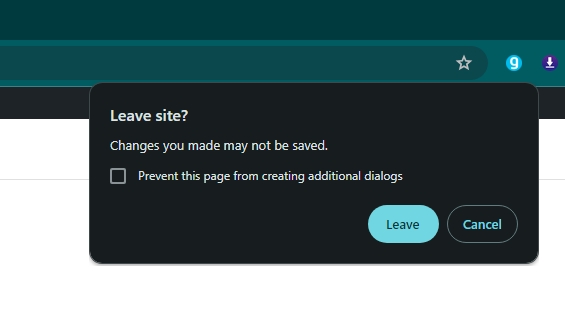Excel spreadsheets are widely used for data analysis, accounting, budgeting, and more. With an iPhone, you can easily view, edit, and collaborate on Excel files on the go. Here is a guide on the different ways to open Excel files on an iPhone.
Table of Contents
Get the Microsoft Excel App
The easiest way to open Excel files on an iPhone is by getting the free Microsoft Excel app from the App Store. Here are the steps:
- Open the App Store on your iPhone
- Search for “Microsoft Excel”
- Tap on the Excel app by Microsoft Corporation
- Tap on “Get” to download and install the app
Once installed, you can sign in with your Microsoft account to access full editing features. With the Excel app, you can open, view, edit, and share Excel files seamlessly on your iPhone.
Use iCloud Drive
If you have Excel files saved in iCloud Drive, you can easily access them on your iPhone using the Files app. Just open the Files app and navigate to iCloud Drive > Excel to view your files. Tap on any file to open it in the Excel app.
You can also upload Excel files from your computer to iCloud and access them on your iPhone later. iCloud keeps everything synced automatically across devices.
Upload to Cloud Storage Services
In addition to iCloud Drive, you can upload Excel files to cloud storage services like Google Drive, Dropbox, OneDrive and access them on your iPhone:
- On your computer, upload Excel files to your cloud storage service
- On your iPhone, install the app for the respective service
- Open the app and navigate to the Excel file
- Tap on the file to open it in Excel app
The cloud automatically syncs everything, so any changes made on the iPhone will reflect on your computer as well.
If you receive an Excel file as an email attachment on your iPhone, you can open it quickly using the share sheet:
- In the email, tap on the Excel file attachment
- Tap on the Share icon in the preview screen
- Scroll and tap on “Open in Excel” to launch the file in the Excel app
This allows you to bypass saving the file and opens it directly for viewing or editing.
Use Third-Party File Manager Apps
Apps like Documents by Readdle and FileExplorer can be used to easily manage Excel and other files on your iPhone. You can use these apps to:
- Access files stored locally on your iPhone
- Integrate various cloud storage services like iCloud Drive, Google Drive, Dropbox etc.
- Directly download Excel files from the internet to your iPhone
- Open Excel files in compatible apps without needing the Excel app
The powerful file management features make accessing Excel files much more convenient.
Enable Excel File Sharing on iTunes
You can also transfer Excel files from your computer to your iPhone using iTunes file sharing. Just connect your iPhone to your computer via USB, open iTunes, enable file sharing for the Excel app and copy the files – this will save them directly in the Excel app so you can access them later even without an internet connection.
Tips for Opening Excel Files on iPhone
Here are some additional tips:
- To edit a file, you need to open it in the Microsoft Excel app. Other apps may only provide read-only previews.
- You may need a Microsoft 365 subscription to access full editing features on the Excel mobile app.
- Use cloud storage services like Google Drive or Dropbox to access your Excel files seamlessly across devices.
- Large and complex Excel files may not open properly on the iPhone due to limited processing power.
- If you regularly need to view Excel files on your iPhone, save them in a cloud folder or enable iTunes file sharing to transfer from your computer.
Conclusion
With native app support, built-in integrations with cloud storage services and powerful file management apps, accessing and opening Excel files on an iPhone is simple. Choose the right method based on where your Excel files are located for a seamless experience. Leverage the Excel app for full editing capabilities right from your iPhone whenever required.

